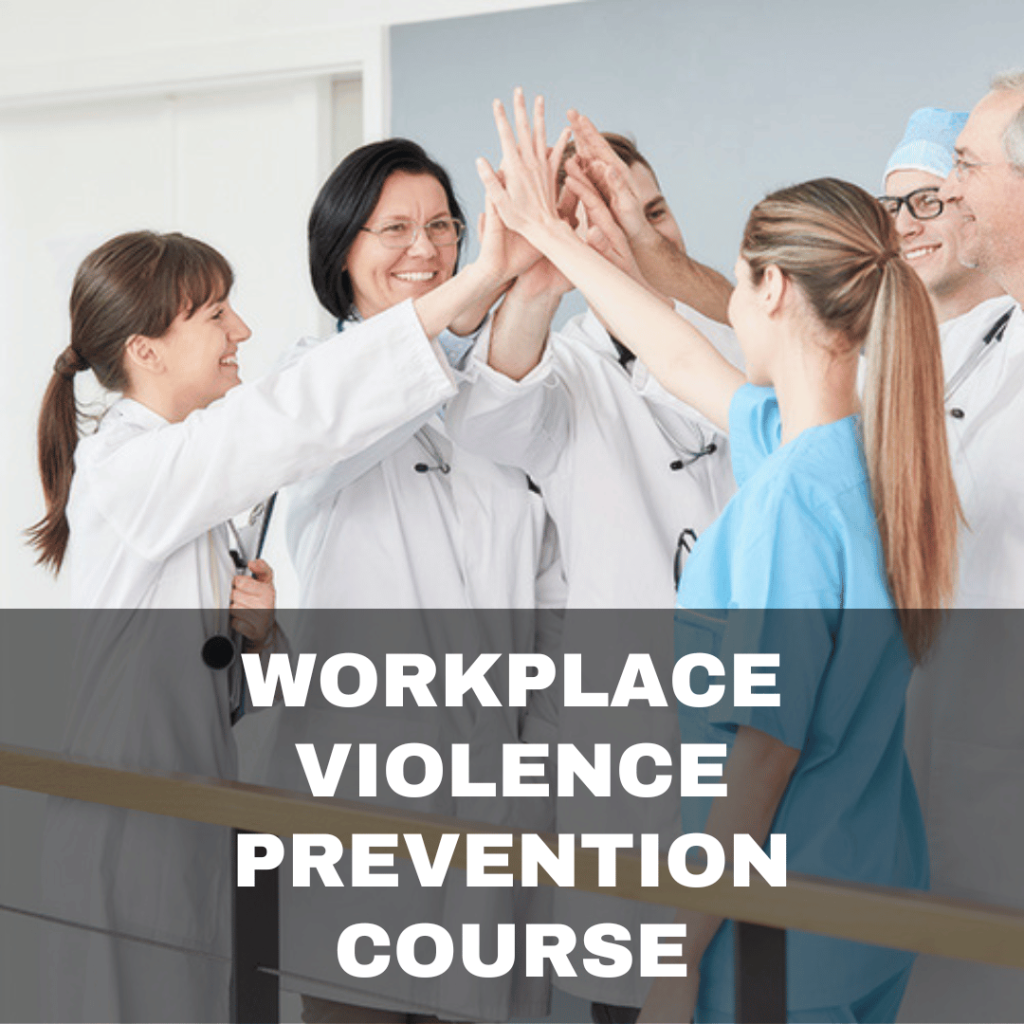Comprehensive Checklist for California Workplace Violence Prevention Compliance
Comprehensive Checklist for California Workplace Violence Prevention Compliance
Blog Article
Examining the Influence of Work Environment Culture on the Success of Physical Violence Prevention Initiatives and Worker Well-Being
The junction of workplace culture, physical violence avoidance efforts, and employee wellness warrants careful assessment, as these elements collectively affect organizational success. A society that focuses on open interaction and psychological safety can encourage workers to identify and report possible dangers, consequently cultivating a setting conducive to both psychological health and wellness and effective violence avoidance strategies.
Comprehending Workplace Society
Often, workplace society acts as the structure for employee interactions and overall organizational actions. It encompasses the shared worths, ideas, and practices that form the setting in which employees operate. A favorable office society fosters partnership, regard, and open interaction, while a negative culture may reproduce stress, mistrust, and hostility. Recognizing workplace society is essential for organizations intending to apply effective violence prevention techniques.

Organizations should examine their current workplace culture to recognize areas for enhancement. This analysis can entail surveys, emphasis teams, or individually discussions. By identifying the cultural dynamics at play, companies can apply targeted interventions that advertise a more secure and extra considerate work environment, ultimately minimizing the danger of physical violence in the workplace.
Role of Worker Health
A favorable work environment society not just influences organizational habits yet also significantly influences worker health. When employees really feel valued and respected, their overall job contentment increases, bring about enhanced psychological and emotional wellness. This, consequently, fosters a sense of belonging and commitment, which is crucial for long-term interaction and performance.
In addition, an encouraging social environment promotes open interaction, making it possible for workers to seek and reveal problems assistance without fear of preconception. This openness is crucial in dealing with concerns associated with stress, exhaustion, and social conflicts, which can detrimentally impact both private well-being and organizational consistency.
Additionally, companies that focus on worker well-being usually see reduced absence and turnover rates. Healthy employees are a lot more resilient and much better outfitted to handle work environment obstacles, adding to a much more effective and secure labor force.
Purchasing employee health with initiatives such as wellness programs, mental wellness sources, and flexible working plans can create a favorable feedback loophole, enhancing both individual gratification and collective business success (california workplace violence prevention). Ultimately, prioritizing worker health is not simply an ethical imperative; it is a strategic strategy that benefits the whole organization
Violence Avoidance Techniques
Implementing effective violence avoidance approaches is vital for preserving a risk-free and healthy workplace environment. Organizations needs to embrace a thorough method that includes policy development, worker training, and proactive communication. Developing clear workplace violence policies is the very first step, making sure that all workers understand acceptable habits and the consequences of offenses.
Training programs need to be made to educate workers concerning acknowledging warning signs of potential physical violence, conflict resolution strategies, and emergency situation reaction procedures. Normal drills and simulations can improve readiness, fostering a culture of understanding and accountability.
Moreover, fostering open interaction channels encourages employees to report problems without fear of retaliation. This can be facilitated with confidential coverage systems or routine comments sessions. Advertising a supportive office culture that values regard and inclusivity can substantially mitigate the threat of physical violence.
Organizations needs to also participate in regular evaluations of their workplace culture and physical violence avoidance methods, adapting them to evolving demands. By prioritizing these methods, companies not only secure their workers but likewise improve general wellness, ultimately adding to a much more efficient work environment.
Gauging Cultural Effect
Gauging the impact More about the author of workplace culture on violence avoidance efforts is crucial for recognizing the efficiency of present approaches and recognizing locations for renovation - california workplace violence prevention. To attain this, companies should employ a diverse technique that incorporates measurable and qualitative methods. Analyses and studies can gather data on staff member perceptions of discover this info here office inclusivity, security, and support systems, while case reports offer concrete proof of physical violence incidents and their context within the business culture
Furthermore, emphasis groups and interviews can disclose much deeper understandings into staff members' mindsets, ideas, and experiences surrounding physical violence avoidance efforts. Examining this qualitative information aids companies to determine social strengths and weak points that may either facilitate or impede efficient prevention strategies. Benchmarking versus market requirements enables for relative evaluation, aiding organizations determine their performance loved one to peers.

Producing Supportive Settings
Regularly fostering an encouraging environment within the office is important for efficient physical violence avoidance. Such environments empower employees to interact openly about their worries and experiences, therefore recognizing possible problems before they intensify. A culture of assistance improves trust fund amongst employee, encouraging collaboration and proactive problem-solving.
To produce a supportive setting, companies must focus on training programs that concentrate on problem resolution, emotional knowledge, and energetic listening. These abilities furnish workers to handle social partnerships constructively, reducing the probability of misunderstandings that could lead to physical violence - california workplace violence prevention. Furthermore, executing mentorship programs can give staff members with assistance and reassurance, contributing to their total well-being
Management plays an essential duty in shaping a supportive work environment culture. By modeling compassionate actions and demonstrating a dedication to staff member welfare, leaders established a tone that motivates others to do the same. Regular responses devices, such as anonymous studies, can also aid evaluate staff member sentiment and emphasize areas for improvement.
Inevitably, a supportive environment not only minimizes the threat of physical violence yet additionally boosts worker morale, task complete satisfaction, and efficiency, strengthening the company's commitment to cultivating a growing and safe work environment.
Conclusion
A favorable work environment culture significantly affects both physical violence prevention initiatives and staff member well-being. By fostering open communication and encouraging the coverage of concerns, organizations can enhance mental health and wellness and work complete satisfaction amongst employees. Additionally, a helpful culture enhances the effectiveness of physical violence prevention strategies by promoting the prompt recognition and addressing of warning indicators. Ultimately, cultivating such an atmosphere works as a vital structure for effective treatments and important link adds to the general success of the company.
The intersection of workplace culture, physical violence prevention initiatives, and employee well-being warrants careful examination, as these aspects collectively affect organizational success. A society that prioritizes open interaction and emotional security can empower staff members to determine and report possible dangers, thereby fostering a setting conducive to both mental health and wellness and reliable physical violence prevention approaches.A favorable work environment culture not just affects organizational habits yet likewise considerably influences employee well-being. Studies and analyses can collect information on employee assumptions of office inclusivity, safety, and support systems, while incident records give concrete evidence of violence occurrences and their context within the business culture.
A favorable office culture substantially affects both physical violence avoidance efforts and employee wellness.
Report this page